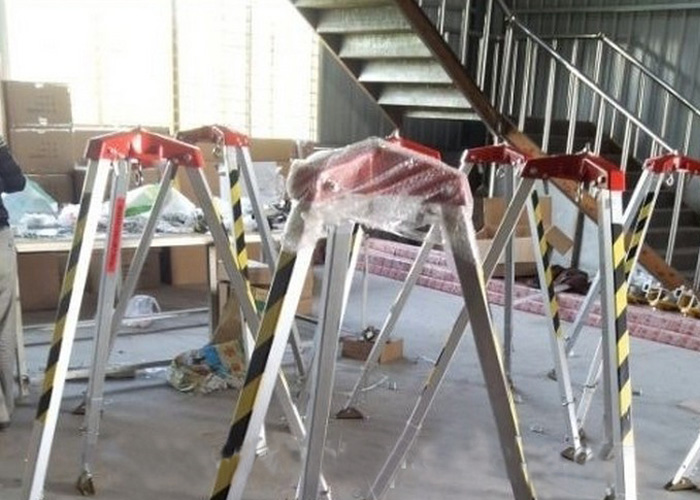When shopping for a confined space rescue tripod system, it doesn’t take long to realize just how varied the choices are. These differences make it difficult to determine which tripod system is best suited to your application and budget. Below are a few things to consider that will improve your chances of making the best decision.
KNOW YOUR CONFINED SPACE RESCUE TRIPOD REQUIREMENTS
A tripod rescue system is intended to help comply with OSHA confined space (1910.146) and fall protection (1910.132) standards (States may have their own standards as well).
Specifically, a properly equipped tripod system will help you meet requirements for – (1) lowering/raising; (2) fall protection; (3) rescue/retrieval. Think of each one as a single leg on a “requirements stool”. If the stool is missing one leg, it falls over – it doesn’t meet the requirements.
KNOW YOUR CONFINED SPACE RESCUE TRIPOD COMPONENTS
There are a number of tripod components available to safely comply with these requirements – to build the “requirements stool”. It is here that the differences between systems should begin to make sense to you.
A confined space tripod system can consist of a mixture of the following components – (1) the rescue/retrieval winch; (2) the combination rescue winch/self retracting lifeline; (3) a self retracting lifeline.
When looking at the components keep in mind this simple axiom – no one component can be all three legs on the stool.
Rescue/Retrieval Winch
The basic rescue/retrieval winch is manually operated by hand. It comes in varying lengths and cable materials. The norm is usually a galvanized cable ranging from 50′ to 65′.
Of the 3 requirements cited above (the “requirements stool”) – lowering/raising, fall protection, rescue/retrieval – which ones will the basic winch fulfill? It serves as the raising/lowering and rescue/retrieval. This means that the fall protection requirement is missing. It can be met by the use o




